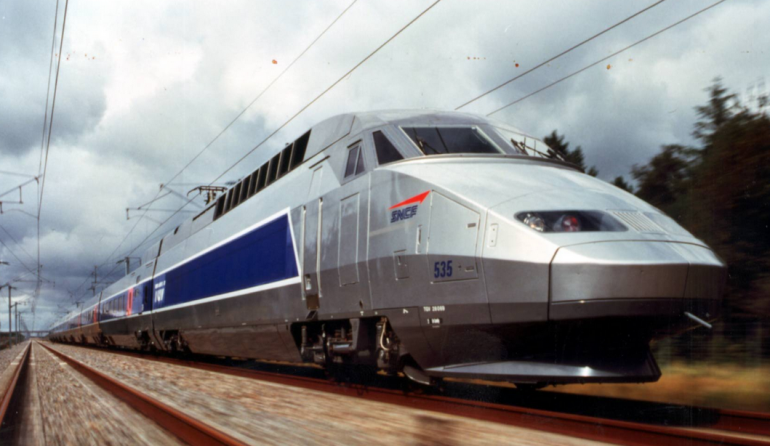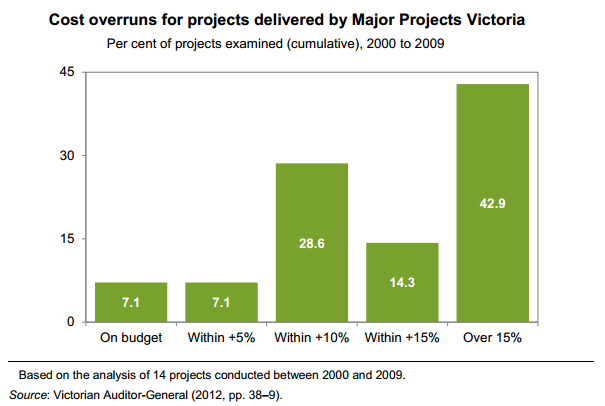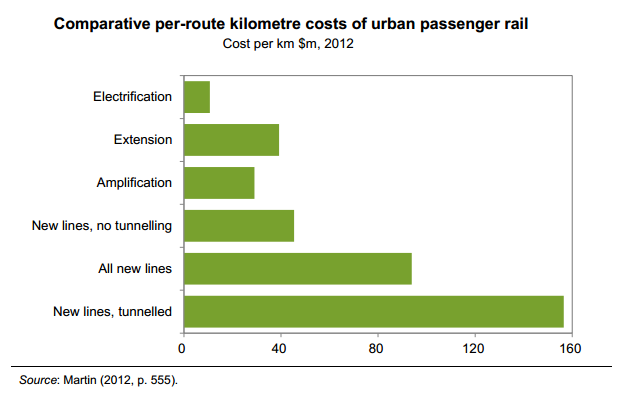Five graphs that show why politicians are actually terrified of high-speed rail

Keep on dreaming... Image: Supplied.
It’s the one national infrastructure project that our federal and state governments can’t quite seem to kill.
Politicians assume a high-speed rail network will run over budget and that it will blow out into a murky, politicised fiasco like the NBN. But the immense support for a network up and down the eastern seaboard has led minister after minister to begrudgingly sell it as 'the project that will eventually happen'.
If words alone could build rail lines, we would already have a network running across the entire continent. The government has commissioned and published an exhaustive number of documents on the matter, but has made little real progress.
It’s telling that Australia started its national rail network debate in the 1980s -- a decade before China dreamt up its now famous high-speed network -- yet we’re still looking at whether the idea is even viable. Meanwhile, China is lauding its high-speed rail as a key indicator of its development and spruiking the fact that it was built on a tight budget. Apparently, $17 million to $22m per kilometre of rail for a 10,000 kilometre network is good value.
Given our track record with infrastructure, we wouldn’t be able to mirror this feat. In 2012, the cost of building new rail in Australia was estimated to be around $90m per kilometre.
Despite our projections and predictions, we can’t accurately forecast how much it will cost to build a high-speed rail network. The latest University of Melbourne report revised the cost of the project down from $124 billion (an estimate given by a government report last year) to $84bn.
The Productivity Commission drove this point home in its latest report on infrastructure. It says that a lack of data prevents our policymakers from accurately estimating construction costs and benchmarking our projects against their overseas equivalents. A lack of data means we have no perspective on the matter.
But given the data that we do have, it’s no wonder our politicians aren’t exactly pushing ahead with high-speed rail. Here are five graphs which may indicate why we’ve yet to really start the project.
First, the obvious: All major projects have a tendency to run over budget. Just look at this example from the Victorian state government.

Building new rail lines is by far more expensive than restoring old ones. Forget about building rail tunnels -- that’s way too costly.

Consider the next two graphs. Wages are the highest cost component for rail projects. For comparison, we've also included road construction costs.
And wages in civil engineering and heavy construction have soared in the past two decades.

Finally, investing in a high-speed rail project would partially reverse an ingrained trend to pour more infrastructure funding into roads and power poles

There is hope. The Productivity Commission report references the rail line between Adelaide and Darwin as a beacon for future rail construction in Australia. It was conceived in the 1980s and completed in 2003. Despite requiring co-operation between corporate partners and several levels of government, the line was completed five months ahead of schedule and on budget.
Got a question? Let us know in the comments below or contact the reporter @HarrisonPolites on Twitter.
















